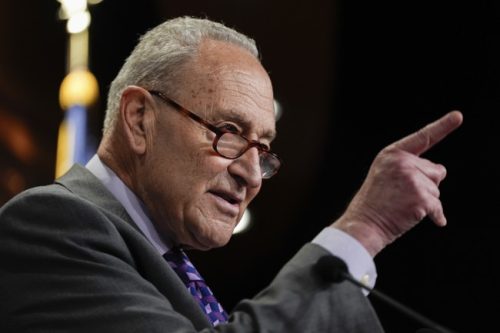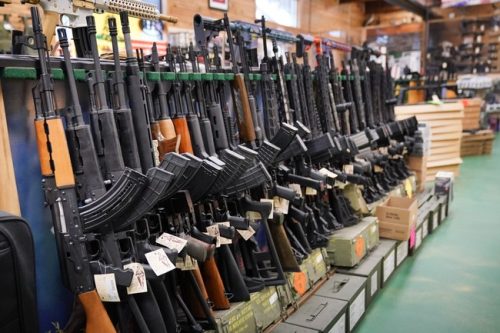Gavin Newsom told Meet the Press that he “dislike[s] more” politicians who lie, and his interview sparked a sharp response because his record is full of public contradictions. This article lays out the most notable examples where his statements clashed with verifiable records, official responses, and his own actions. The examples span phone calls, public safety claims, social media laws, redistricting, and an on-camera encounter during California wildfires. Read the direct quotes and official statements that exposed those contradictions.
On Meet the Press, Newsom said, “There is nothing I dislike more than the politician that sits there and lies to you. We all just sit there rolling our eyes,” and viewers noticed the irony right away. Right after that remark, social media resurfaced incidents where his claims were contradicted by records or official statements. The exchange crystallized a larger pattern of bold public claims followed by tangible pushback from documents and agencies.
One high-profile example came in June when Newsom said there was no call from President Trump during the L.A. riots. The Trump team released call logs showing a call at 1:22 a.m. local time and another at 1:23 a.m., with the second lasting 16 minutes. The logs contradicted Newsom’s claim that “there was no call. Not even a voicemail,” and the records showed a brief four-second first call followed by the longer conversation the administration described.
Newsom: "There is nothing I dislike more than the politician that sits there and lies to you. We all just sit there rolling our eyes." pic.twitter.com/cg6dupzFG9
— Greg Price (@greg_price11) November 2, 2025
Newsom also attacked Vice President J.D. Vance’s appearance at Camp Pendleton, claiming it would shut down I-5 and calling it a vanity parade. He wrote, “PUT ASIDE YOUR VANITY PARADE AND PAY OUR TROOPS INSTEAD.” The Vice President’s office and Marine officials pushed back with statements clarifying that training activities would not close public highways and would occur on approved ranges. The official language emphasized readiness and safety rather than theatrical displays.
The force training activities planned ensure our readiness to defend the Homeland and protect our Nation’s interests abroad against emergent and unprecedented challenges today and in the years ahead. The capabilities demonstration will feature integrated Navy and Marine Corps operations across air, land, and sea.
All training events will occur on approved training ranges and comport with established safety protocols. No public highways or transportation routes will be closed.
On domestic policy, Newsom’s messaging about Prop. 50 and redistricting drew fierce criticism from fellow Californians who said voters were being misled. Republican Rep. Kevin Kiley blasted the governor, saying, “He’s lying to voters. But even more perniciously, they’re lying to voters on the ballot itself. Trying to fool people into thinking this is something totally different than it actually is. Because that’s the only way he can win. In fact, he is trying to rig an election that will rig all future California elections.” That quote underlines how opponents view the ballot language and the stakes for future election control.
When it comes to free speech and social media, Newsom has publicly framed himself as a defender of civil liberties while signing multiple laws aimed at platform accountability. He criticized ABC for suspending a host and warned about threats to free speech, yet his administration backed bills like AB2655 and A.B. 587 that sought stricter rules for online platforms. Judges have already struck down portions of that legal framework, and S.B. 771 remains a flashpoint for free speech advocates who worry about government influence over content moderation.
Crime and the National Guard became another area of contradiction. Newsom suggested President Trump should send the National Guard to red states because their crime rates are higher. Data and local governance realities complicate that claim, showing that many high-violence cities in states labeled red still have long histories of Democratic local control. The pattern of blaming national political opponents instead of local leadership has been a recurring theme in his rhetoric.
Of the 20 U.S. cities with the highest homicide rates, 12 are located in red states—but just one has a Republican mayor. Even that example, Shreveport, Louisiana, has seen GOP leadership for only 11 of the past 152 years. It’s a similar story across the board:
- Birmingham hasn’t had a Republican mayor since 1971.
- St. Louis, 1949.
- Atlanta, 1879.
- New Orleans, 1872.
One of the starkest moments came during a wildfire when a distraught resident confronted Newsom and demanded proof he was on the phone with the President. The governor told her, “I’m literally talking to the President right now, to specifically answer the question of what we can do for you and your daughter.” When she pressed, “Can I hear your call? Because I don’t believe it,” and asked, “Why is the president not taking your call?” Newsom answered, “I’m sorry. There’s literally. I tried five times. That’s why I’m walking around to make the call.” That interaction was captured on video and raised questions about credibility during a crisis.
Across these episodes, Newsom’s public statements repeatedly met concrete rebuttals, official records, or legal pushback. For voters watching from a Republican perspective, the contrast between his criticism of dishonesty and the pattern of contested claims is hard to ignore. The examples above are a snapshot of why critics keep returning to the same question: does Gavin Newsom practice the standards he publicly demands of others?






